Horse legs with hooves closeup Animal Stock Photos Creative Market

Effective Leg Position YouTube
Stocking up is the term equestrians use to describe the swelling on a horse's lower legs. This swelling should not be confused with lymphangitis or cellulitis, as stocking up has a different mechanism and treatment. Stocking up in horses can morph your horse's legs into stovepipes. Jump to shopping

Horse leg with hoof closeup. Animal Stock Photos Creative Market
Exercise 1. Lie down on your back with your legs straight. Draw one knee up to your chest, clasping your hands around your knee. Focus on pushing your back down against the ground, engaging your core and pulling your knee towards you. Flex your foot, so it's nice and strong as you stretch.You'll feel this in your bottom and through the back.
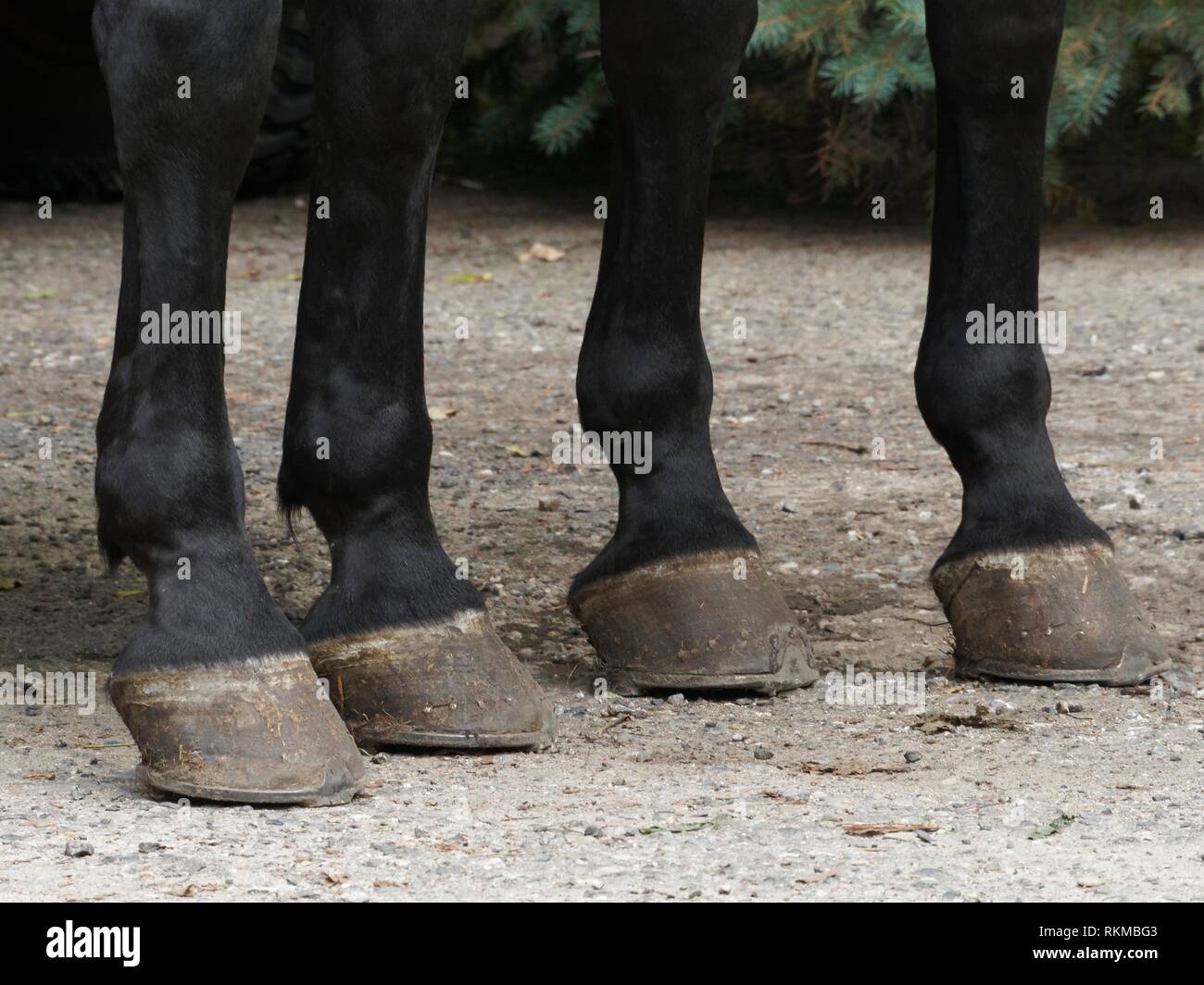
Horse with leg up hires stock photography and images Alamy
Visit Amazon and shop to get great deals on a vast selection of products.
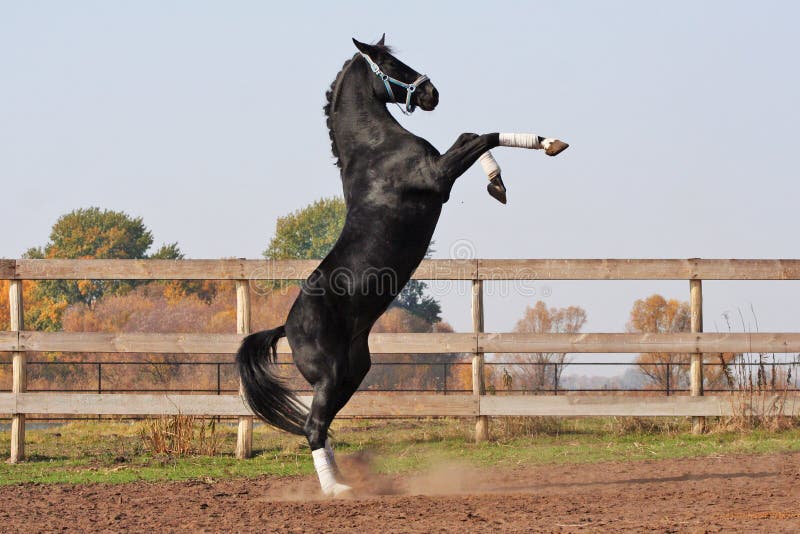
Black Stallion On The Hind Legs Stock Photo Image 46006356
A. "Stocking up" is swelling in the lower limbs caused by pooling of lymph, a fluid containing infection-fighting white blood cells that circulates through the lymphatic system. Stocking up is.
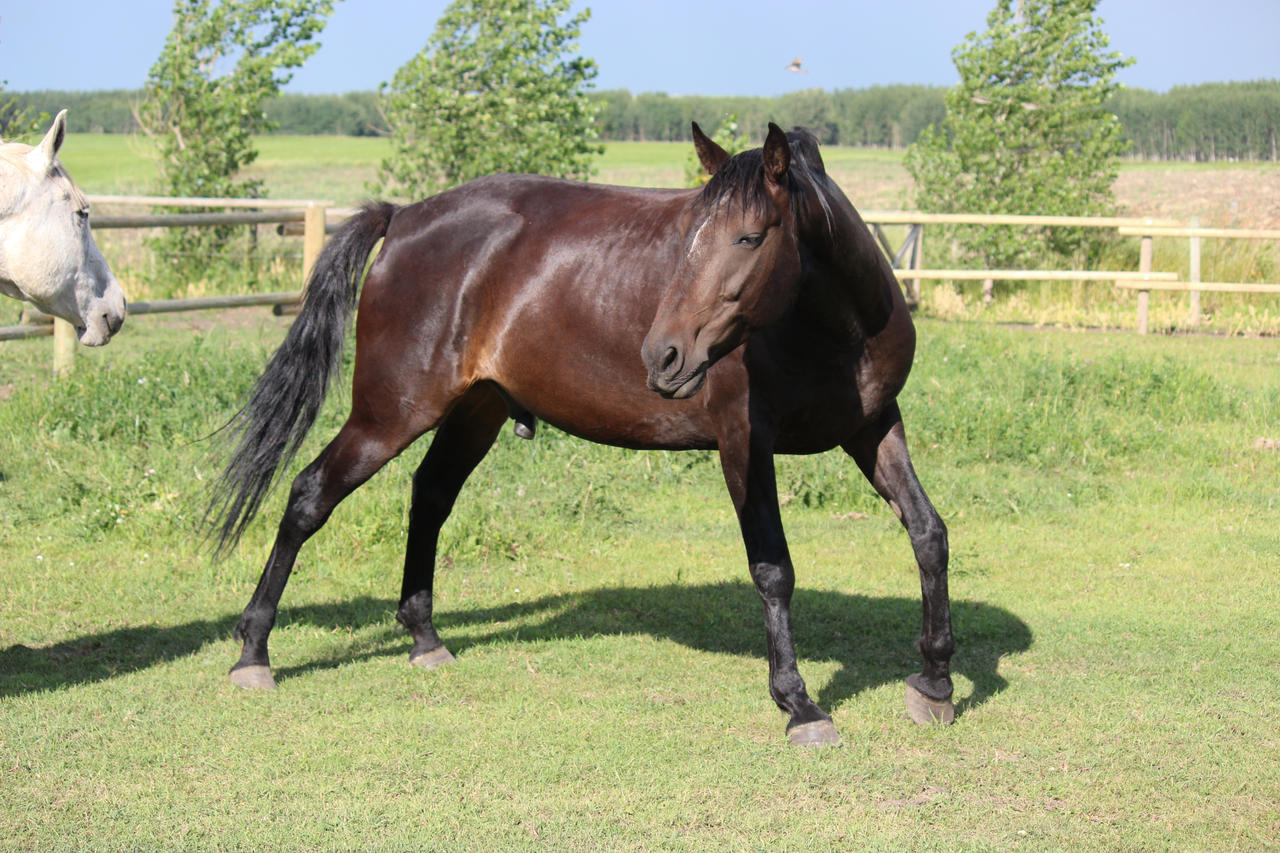
Brown horse in awkward pose leg up by eluhfuntstock on DeviantArt
Stocking Up In Horses Summary. So, as we have learned, stocking up in horses occurs when lymphatic fluid accumulates in the tissues of the horse's legs. This fluid normally circulates around the body, but when a horse is not able to move around as much as normal the fluid builds up in the legs. Stocking up in horses can be prevented with.

Horse with leg up hires stock photography and images Alamy
October 23, 2023 ⎯ Barb Crabbe,DVM pixabay What Is It? Most commonly, a type of swelling, called "stocking up," occurs when fluid pools in the tissues of your horse's lower legs (called edema) during periods of inactivity. When your horse is exercised, the fluid is mobilized into his circulation and his legs return to normal.

13 performance psychology pointers to help improve your results Horse & Hound
When you are at a horse show, hand-walk him frequently or ask the organizers if a roundpen or paddock might be available for rent. Supportive standing bandages can also help to push the swelling out of the lower leg when your horse is stabled. Be careful, however, not to wrap the bandage unevenly or too tightly, which can damage tendons.

New Joint Therapy Still Carries Questions for Use in Racehorses Horse Racing News Paulick Report
Instead, develop a schedule, maybe riding for two days, taking a break, and then riding two more days. Four days a week is optimal at first. As your horse gets into better shape, you can move up to five or six days a week. 3.) Incorporate hill work. If at all possible, ride your horse up and down hills.

Horse rearing up on hind legs. Nature at it's Finest Pinterest Horse, Legs and Animal
hannah and julia show us how to muot up with a leg up

Horse Leg Anatomy Form and Function EquiMed Horse Health Matters
This takes some time, though. If you have a 10-second window to hold up the horse's foot until it loses its brains, start by holding for nine seconds, reward and then take it for a walk for a minute. Repeat for 9.5, 9.75, 10.05 seconds, etc., until it's sure you won't ask it for more than it thinks it can handle.
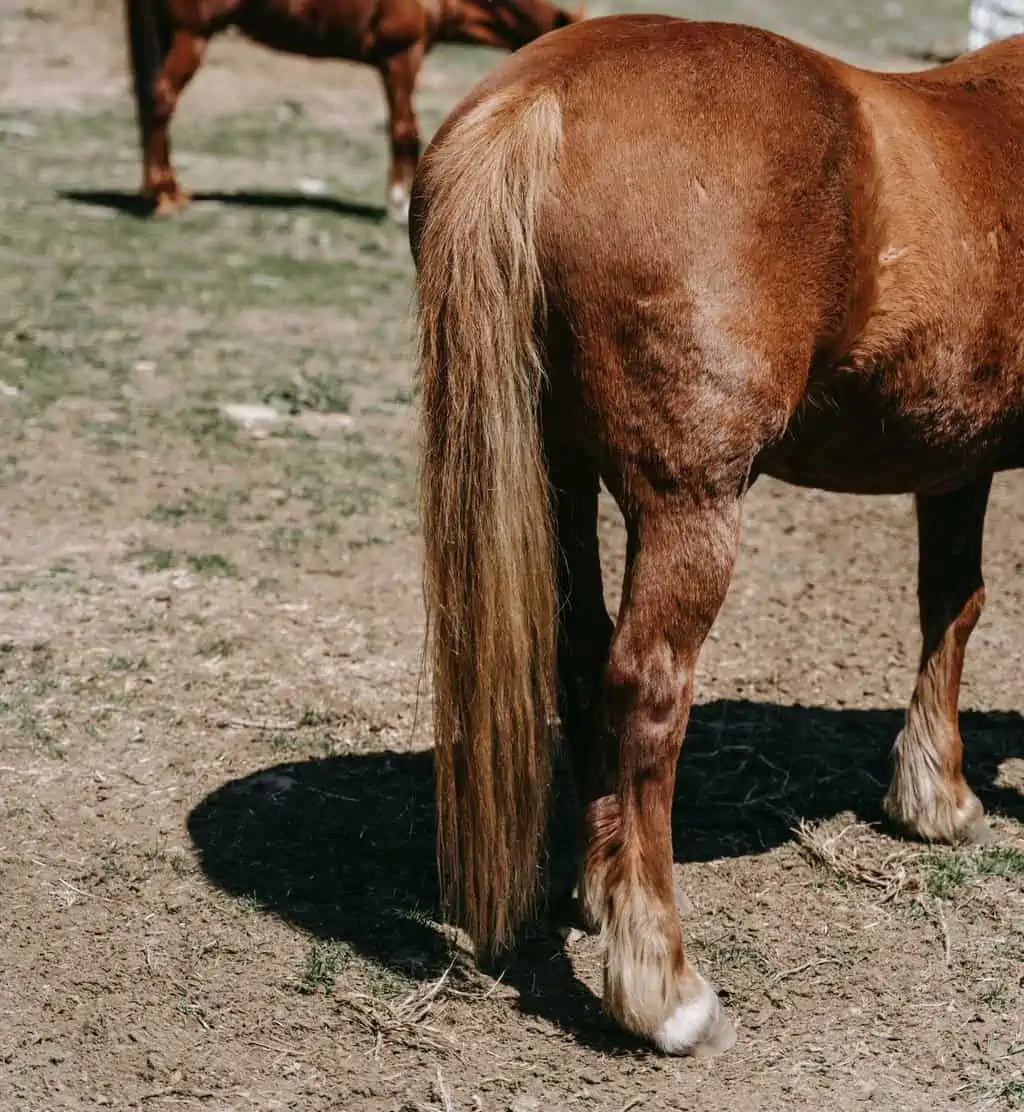
Horse Leg Anatomy Guide and How to Treat Injuries
Answer: Stocking up is a very common problem caused primarily by stabling. In the wild, the average horse is on the move 20 hours a day, grazing, walking to water, fighting (or play fighting) and-when necessary-fleeing from predators. This nearly constant motion serves as an integral part of the circulatory system. Here's how:

Wrapping a Horse's Leg YouTube
What Are The Different Parts of A Horse's Leg? Horse Leg Anatomy - Upper Hind Legs #1 - The pelvis #2 - The Femur #3 - The Stifle #4 - The Fibula and Tibia #5 - The Hock Horse Leg Anatomy - Upper Forelegs #1 - Scapular #2 - The Humerus #3 - The Elbow #4 - The Radius and Ulna #5 - The Knee Horse Leg Anatomy - Lower Legs #1 - The Cannon Bone

Hanoverian stallion rearing, a horse "standing up" on his hind legs Stock Photo Alamy
Most horses stock up in their hind legs, but all four legs can be affected. If your horse has only one swollen leg, some other issue is most likely at play (possibly a tendon or ligament injury, or an infection). Causes of Stocking Up. Just like in humans, your horse's heart pumps oxygenated blood through his arteries into arterioles and.

Rearing up. Wild horse rearing, Camargue horse, Beautiful horses
Horses can "blow up" a leg in response to a scratch, cut, or puncture wound that may be so insignificant that it's hard to find. The leg may be warm in addition to being swollen. This swelling isn't likely to go down until the wound is cared for and any infection is treated.

5 Keys to Healthy Horse Legs Draper Therapies
Horses may adopt different stances to compensate for discomfort. When it comes to evaluating horses, their movement has always been a primary focus. Now research suggests that more consideration should be given to what a horse's posture says about his health. "Standing is the horse's most prevalent activity," says Karen Gellman, DVM, PhD.
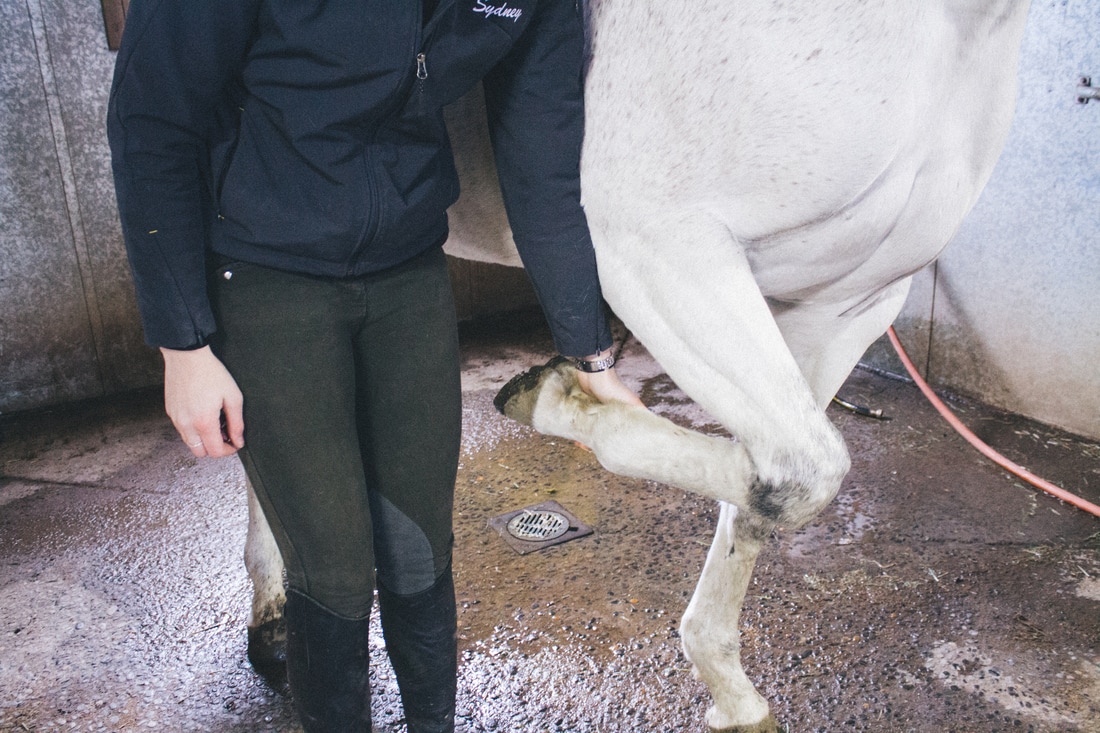
About Types of Horse Restraints THE BARN RAT
Stocking up is harmless swelling in the lower legs due to decreased circulation. Reduced activity is what usually leads to this pooling of blood and other fluids in the extremities. The swelling can be found from the coronary band to the ankle or all the way up the cannon bone to the knee or hock and can occur in all four legs or just one pair.